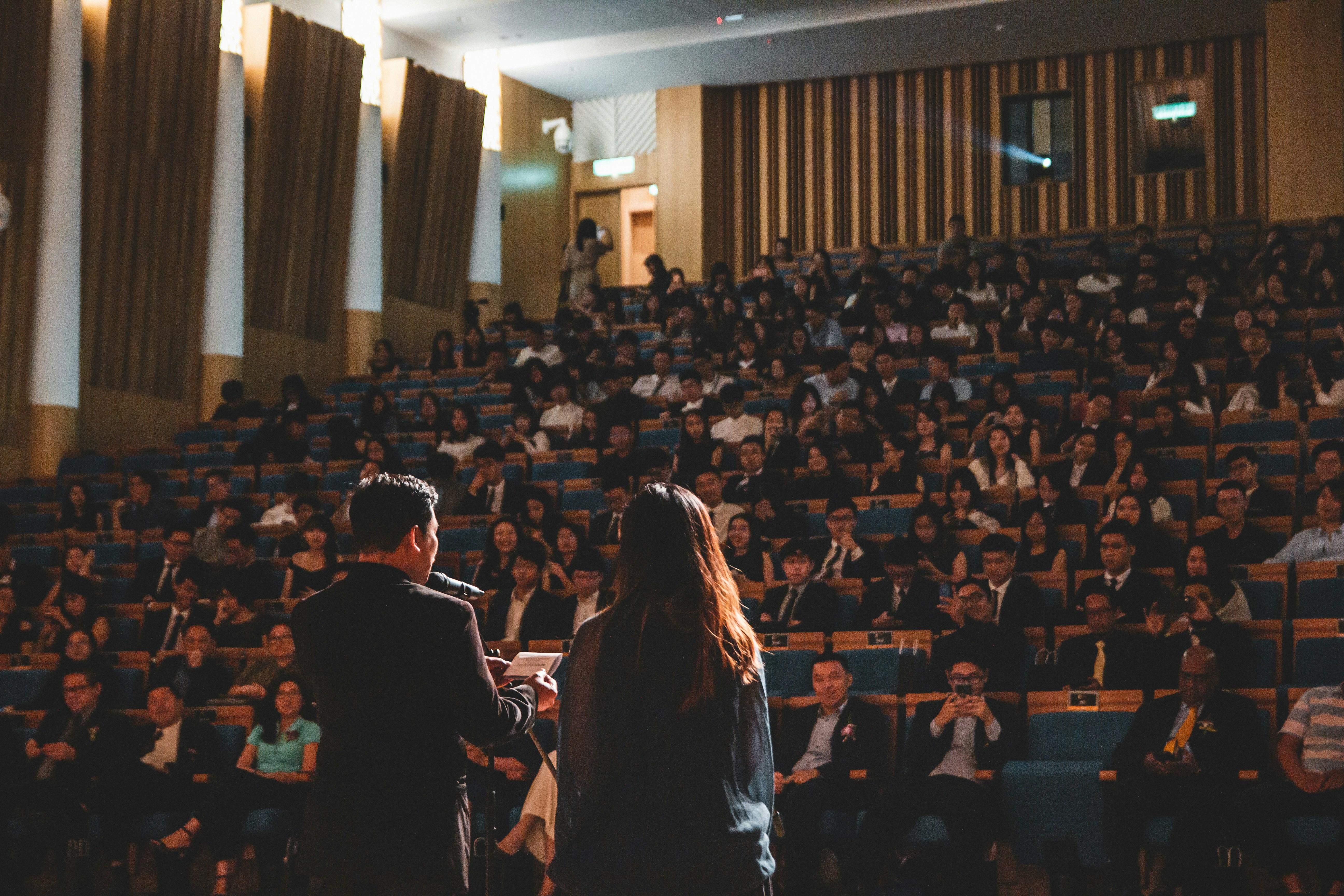In an era where social media platforms dominate the landscape of communication and entertainment, the traditional art of storytelling in television and films faces unprecedented challenges. Once a domain reserved for skilled writers, directors, and producers, storytelling now contends with the pervasive influence of social media, where narratives are often reduced to soundbites, hashtags, and viral trends. This shift raises critical questions about the impact of social media on the authenticity of storytelling in TV and films. Does the incessant demand for instant gratification and constant connectivity compromise the depth and nuance that are the hallmarks of compelling narratives? Or does social media offer a new dimension of engagement and creativity that enhances the storytelling experience? This article delves into the complex interplay between social media and traditional storytelling, examining whether the former undermines or enriches the authenticity of narratives in contemporary television and film.
The Impact of Social Media on Traditional Storytelling Narratives
In recent years, the rise of social media platforms has introduced a dynamic shift in how stories are told and consumed, potentially challenging the authenticity of traditional storytelling in television and films. While social media offers a space for diverse voices and narratives, it often prioritizes content that is short, engaging, and viral-ready, which can lead to a dilution of complex storytelling. This shift in content consumption has prompted filmmakers and TV producers to adapt their narratives to fit this new mold, sometimes at the expense of depth and originality.
- Fragmentation of Narratives: Social media thrives on snippets and sound bites, encouraging storytelling that is fragmented and episodic rather than continuous and cohesive.
- Pressure for Virality: The need to capture attention quickly can lead creators to prioritize shock value or sensationalism over nuanced, character-driven plots.
- Democratization vs. Dilution: While social media democratizes storytelling by giving everyone a platform, it also risks diluting traditional narrative structures, potentially undermining the development of intricate story arcs.
Thus, while social media introduces new opportunities for storytelling, it also poses challenges to maintaining the depth and authenticity that traditional TV and film narratives are known for. Balancing the immediacy and brevity of social media with the rich, layered storytelling of traditional media remains a complex and evolving challenge for creators.
Balancing Online Engagement with Creative Integrity in Film and Television
In an era where social media dictates trends and opinions, creators in the film and television industry face the challenging task of maintaining their creative integrity while engaging with their audience online. The pressure to cater to social media-driven narratives can sometimes lead to a compromise in storytelling, as creators might feel compelled to adjust plots and character developments based on immediate feedback. This could potentially result in a dilution of the original vision, where the quest for likes and shares overshadows the depth and authenticity of the narrative.
- Immediate Feedback: Social media platforms provide instant reactions that can influence creative decisions, often pushing creators to prioritize popular demand over narrative coherence.
- Trend-Driven Content: The need to stay relevant can lead to the incorporation of trending topics that may not align with the story’s essence, risking a loss of originality.
- Audience Expectation vs. Creative Vision: Balancing audience expectations with the creator’s vision is crucial to maintain storytelling authenticity, but can be challenging amidst social media’s influence.
Ultimately, while social media offers a valuable avenue for audience interaction, the challenge lies in ensuring that this engagement does not compromise the authenticity and integrity of storytelling. Creators must navigate this dynamic landscape, striving to produce content that resonates on a deeper level, beyond the transient buzz of online trends.

Strategies for Preserving Authenticity in the Age of Digital Disruption
In an era where digital platforms dominate, the challenge for TV and film creators is maintaining the integrity of their narratives. Authenticity can easily be compromised as the pressure to cater to online trends intensifies. To navigate this landscape, creators should consider the following strategies:
- Prioritize Story over Trends: While it’s tempting to chase the latest social media fad, staying true to the story’s core values ensures that the narrative remains genuine and impactful.
- Engage in Authentic Collaborations: Partner with writers, directors, and producers who share a commitment to storytelling authenticity, rather than those driven solely by commercial success.
- Leverage Technology Thoughtfully: Utilize digital tools and platforms to enhance the storytelling process, not to dictate it. This approach ensures that technology serves the narrative, not the other way around.
By adhering to these principles, creators can protect the essence of their stories while still engaging with the dynamic, fast-paced world of social media.

Evaluating the Role of Audience Feedback in Shaping Narrative Authenticity
In the realm of television and film, audience feedback has become an integral part of the creative process. Social media platforms, with their immediacy and reach, have amplified the voices of viewers, providing creators with unprecedented access to audience opinions. This interaction can play a significant role in shaping narrative authenticity, but the effects are multifaceted. On one hand, engaging with feedback can help storytellers align their narratives with audience expectations, leading to more resonant and relatable content. Authentic storytelling often requires a balance between artistic vision and audience reception, and social media offers a valuable tool for gauging this balance.
However, the influence of audience feedback is not without its drawbacks. The desire to cater to vocal social media audiences can lead to narratives that are overly tailored to popular opinion, potentially diluting the unique voice of the creator. This can result in storytelling that feels inauthentic, as it prioritizes widespread appeal over original vision. Some potential issues include:
- Homogenization of Content: A risk of losing diverse perspectives and innovative ideas.
- Pressure for Instant Gratification: A tendency to focus on immediate audience reactions rather than long-term narrative development.
- Echo Chambers: The danger of creators being influenced by a narrow section of the audience, which may not represent the broader viewership.
Ultimately, while social media feedback can be a powerful tool for enhancing narrative authenticity, it requires careful navigation to ensure that it enriches rather than undermines the storytelling process.
